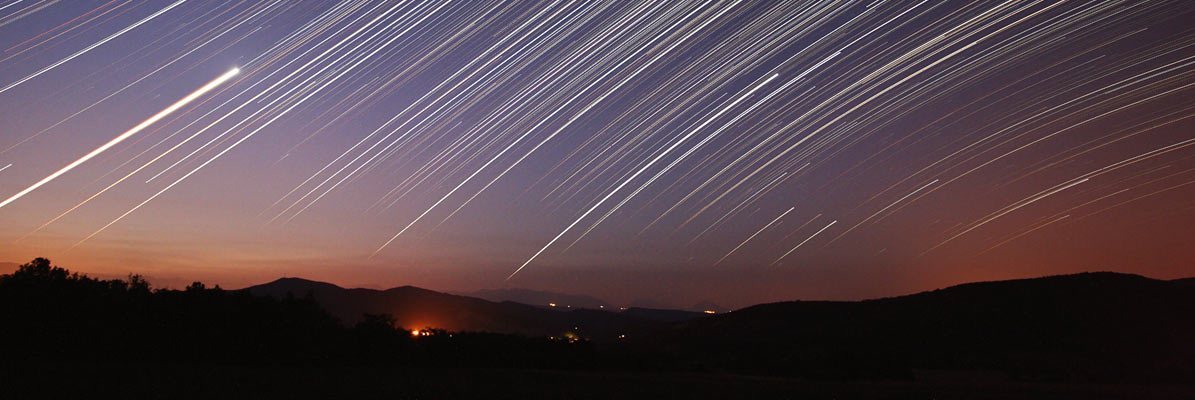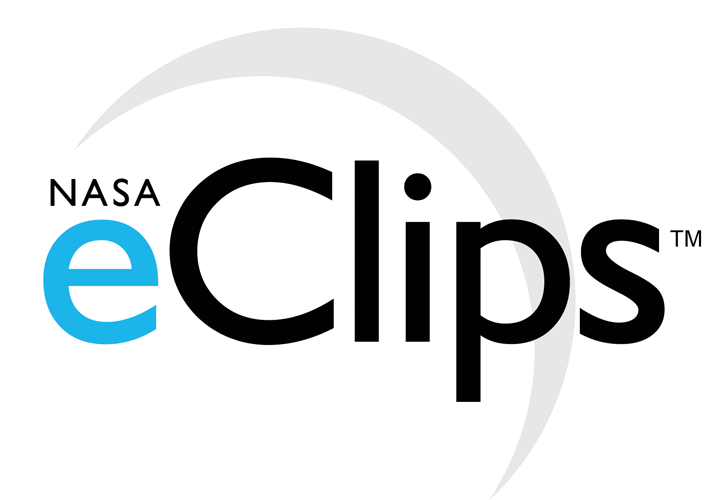
|
Exploring Snow Density and Volume |
||||||||
|
|||||||||
 |

Mathematics Skill or Topic Area:
The Volume of Cylinders
Next Gen Science Framework: PS1.A:Structure and Properties of Matter; PS1.B: Chemical Reactions; Patterns; ESS2: Earths Systems; ESS3: Earth and Human Activity
Common Core ELA for Science: : RST.6-8.2. Determine the central ideas or conclusions of a text; provide an accurate summary of the text distinct from prior knowledge or opinions. RST.6-8.8. Distinguish among facts, reasoned judgment based on research findings, and speculation in a text. RST.6-8.9. Compare and contrast the information gained from experiments, simulations, video, or multimedia sources with that gained from reading a text on the same topic.
Common Core Math Standard: CCSS.Math.Content.7.G.B.6 Solve real-world and mathematical problems involving area, volume and surface area of two- and three-dimensional objects.

Video Engagement: Abiotic Conditions Join scientists and teachers as they learn how to measure some of the abiotic conditions of winter. Find out about latent heat, how thermochrons can be used to collect data points and the importance of snow:water equivalents. (7 minutes) View Program
|
Engage your students with a press release: NASA Rover Prototype Set To Explore Greenland Ice Sheet NASA's newest scientific rover is set for testing May 3 through June 8 in the highest part of Greenland. The robot known as GROVER, which stands for both Greenland Rover and Goddard Remotely Operated Vehicle for Exploration and Research, will roam the frigid landscape collecting measurements to help scientists better understand changes in the massive ice sheet. This autonomous, solar-powered robot carries a ground-penetrating radar to study how snow accumulates, adding layer upon layer to the ice sheet over time. Greenland's surface layer vaulted into the news in summer 2012 when higher than normal temperatures caused surface melting across about 97 percent of the ice sheet. Scientists at NASA's Goddard Space Flight Center in Greenbelt, Md., expect GROVER to detect the layer of the ice sheet that formed in the aftermath of that extreme melt event. Research with polar rovers costs less than aircraft or satellites, the usual platforms. "Robots like GROVER will give us a new tool for glaciology studies," said Lora Koenig, a glaciologist at Goddard and science advisor on the project. GROVER will be joined on the ice sheet in June by another robot, named Cool Robot, developed at Dartmouth College, Hanover, N.H., with funding from the National Science Foundation. This rover can tow a variety of instrument packages to conduct glaciological and atmospheric sampling studies. Press release date line - May 1, 2013 [ Click Here ] |
|
Explore math connections with
SpaceMath@NASA
Problem I - Snow to Water Ratios - Students work with snow to water ratios to calculate the equivalent amount of water for various snow conditions and properties. [Open PDF ]
Problem II - Snow Density and Volume - Students explore the density of snow for various volumes and masses measured by scientists studying the properties of a snow pit. [Open PDF ]
Explain your thinking:
Write your own problem - Using information found in the Math Connection problems, the press release or the video program, create your own math problem. Explain why you set the problem up this way, and how you might find its answer.
Evaluate your understanding:
Challenge Problem - Students learn about snow density, layering and hazards of snow accumulating on roof tops. [Open PDF ]
For additional problems and resources relating to snow research, visit the NASA, History of Winter website at:
